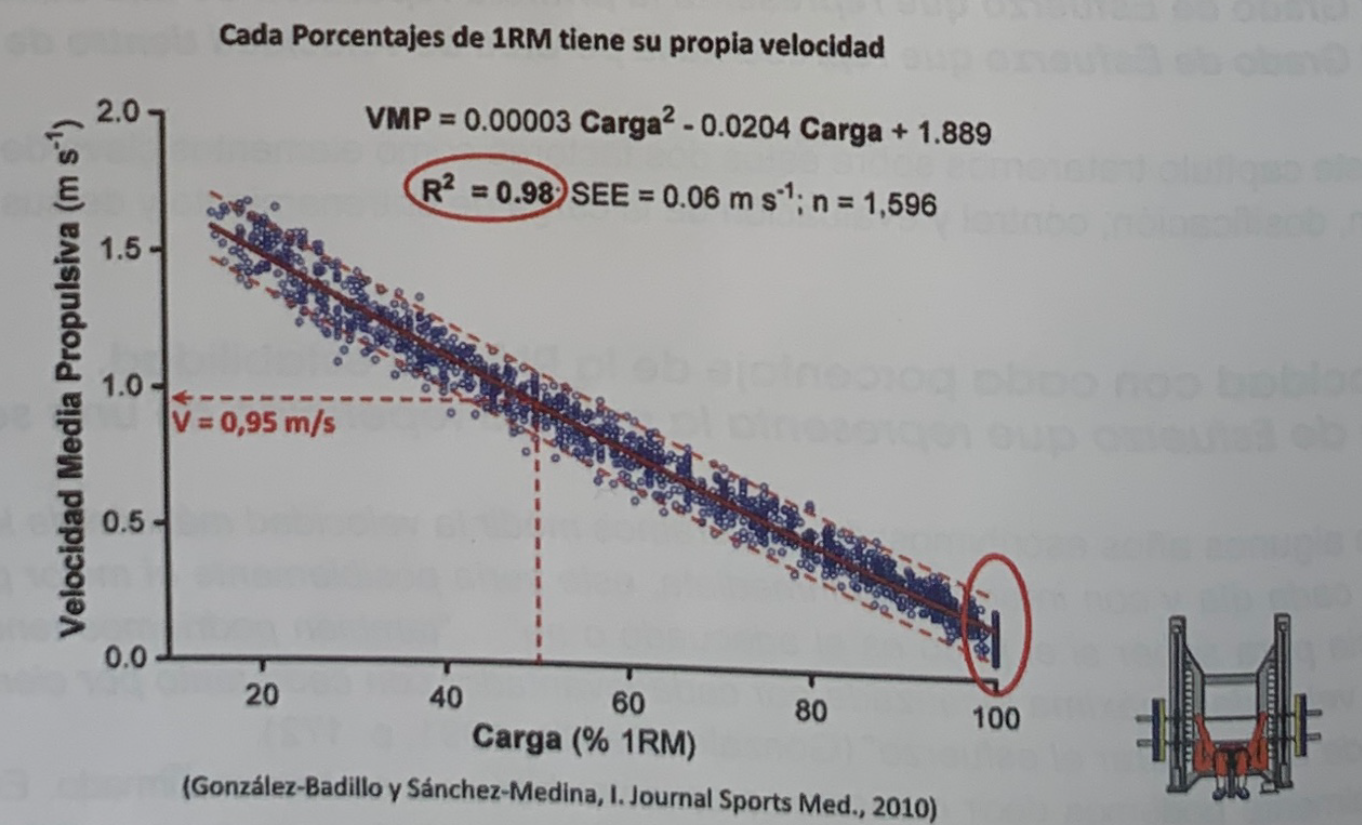Differentiation between central and peripheral fatigue
This article reviews the differentiation between central and peripheral fatigue. For a long time, fatigue has been mainly related to factors dependent on what “happened” in the muscle, without taking much into account the previous mechanisms.
In this series of articles we deal with some of the most important concepts of strength training, collecting notes from the recently published book Strength, Speed and Physical and Sports Performance written by renowned researchers Juan José González Badillo and Juan Ribas Serna.
SUMMARY
- Central fatigue appears both in short, high-intensity efforts (strength exercises) and in prolonged efforts of clearly lower absolute intensity (resistance).
- The feeling of fatigue is greater with prolonged efforts and appears first in the Central Nervous System.
- Peripheral fatigue appears when the force decreases when an electrical stimulation is applied to an exercised muscle.
The little importance attributed to the central factors could have been due to the simplification of applying to the conscious human subject the results on force limitation obtained in isolated muscular preparations and, generally, deprived of their innervation, and to the methods to measure the amount of the central influence on the muscles, which have not been technically rigorous and, therefore, the results are easily criticized and not considered

When it has been possible to measure changes in the central nervous system (CNS) during exercise, these have been mainly oriented towards the demonstration that they can cause a strength deficit (Gandevia, 2001). Central fatigue is manifested by a progressive loss of voluntary activation or a decrease in the neural stimulation necessary for the execution of an exercise, which translates into a decrease in the maximum force applied.
Central fatigue appears both in short, high-intensity efforts (called strength exercises) as in prolonged effort of clearly lower absolute intensity (called resistance exercises) but the feeling of fatigue is greater in prolonged efforts, and the mechanisms responsible for both types of fatigue are different. Fatigue manifests itself first in the CNS and it itself tries to compensate for it with increased arousal and the activation of a greater number of motor neurons, involved in the control of muscle activation, although there is a degree of fatigue from of which the CNS reduces activation to prevent impaired homeostasis and muscle damage.
Fatigue has a significant core component.
Fatigue has a significant central component. If, in a situation of fatigue, a stimulus that does not depend on the CNS is applied and a recovery of strength occurs, the central component is evident. In the first studies, the central effect was verified by the fact of recovering the force when opening the eyes when a situation of almost total fatigue had been reached (MOsSO, 1904). Subsequently, the verification that fatigue has a central component is carried out through the interpolation of electrical stimuli during voluntary contractions.
If, when force production decreases during a maximal voluntary contraction, direct electrical stimulation is applied to the muscle fibers and force increases again, this is evidence that fatigue had a central component. If in the same situation the force does not increase, the fatigue is central and peripheral.
If muscle activation is measured through an electromyogram (EMG) and the frequency of action potentials and force decrease, fatigue has an important central component, and if the frequency of action potentials does not decrease and the force does, fatigue is mainly peripheral in origin.
The central type effect is also manifested by the specificity of fatigue. In the figure below it can be seen that the effect of training on fatigue manifests itself in a specific way depending on the type of training performed. When training with one leg, the positive effect on fatigue occurs only when the effect is measured with one leg, not with both. The opposite occurs when training with both legs.

Specificity of the effect of training on fatigue (Rube and Secher, 1990; in Moka, 2002).









